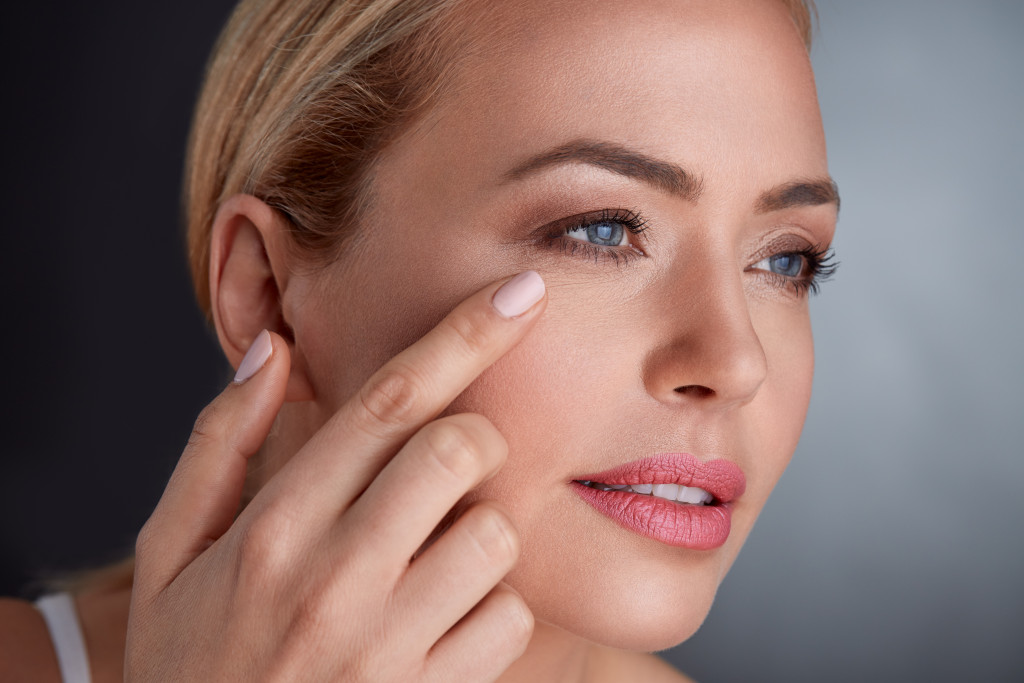Wrinkles, dry skin, graying hair, weaker bones, and declining cognitive health — these are all common signs of aging. No matter how hard we try to fake our age, it’s almost impossible to hide the effects of aging.
Sooner or later, you’ll witness how your body changes physically and mentally. Some unlucky people experience a variety of chronic conditions before turning 60. Those with high uric acid levels suffer from painful arthritis, a common disability among older people. They seek out natural supplements to lower high uric acid levels to lead a normal lifestyle as they age.
While aging is a bitter reality we must accept, there are positive ways to take to make those “golden years” enjoyable and healthier. According to a study, humans have the ability to shave off years from their biological age by making basic lifestyle changes. In fact, the body has incredible reparative capabilities that help reverse the signs of aging.
Not convinced? This article will discuss science-backed strategies to reverse the aging process and boost your chances of living a healthy life. Follow the steps below and experience a younger, more vibrant you!
Perform muscle-strengthening exercises
Sarcopenia refers to the significant decrease in skeletal muscle strength caused by aging. This is why aging people are more prone to falling and mobility issues, making them lose independence to perform basic tasks at home. When left unchecked, sarcopenia will affect your balance and gait, which leaves you stuck at home with nothing to do.
You may already be aware of the magical powers of exercise to avoid diseases and boost physical and mental health. Beyond these benefits, exercise can potentially reverse aging.
In a study from 2018, researchers found that older adults who exercise regularly have the cardiovascular health and muscle strength of those three decades younger than them. Although they don’t possess a young person’s aerobic capacity, their muscles share similar features to those younger than them.
To reap the anti-aging benefits of exercise, it’s important to choose the right physical activity that reverses the aging process. One example is High-intensity Interval Training (HIIT), which boosts telomere length and slows aging. The program involves short bursts of high-intensity exercises alternated with recovery periods. For seniors, you can try running, jumping, and biking, then experiment with various durations of workout and recovery.
Other ways to beat sarcopenia include strength training, such as resistance training and weight lifting. Use machines, bands, or free weights while slowly increasing the difficulty.


Protect your skin
Every aging adult share the same sentiments about wrinkles and fine lines appearing all over their body. In fact, it’s one of the bitter truths of aging that most of us struggle to accept. That is why several brands are taking advantage of this widespread concern by selling a range of anti-aging skin care products that all share the same promise — to make you look younger.
There’s very little evidence that these products actually work, but there are healthier and cheaper alternatives to stop you from worrying about your wrinkles. The American Academy of Dermatology advices people to protect the skin from the sun’s harmful UV rays to preserve skin fibers and elasticity.
Vices such as smoking and alcohol consumption accelerate skin aging, leading to wrinkles and dry complexion, so it’s important to avoid them altogether. Also, reduce your sugar and refined carbohydrate intake to prevent premature skin aging.
While there’s no harm in trying anti-aging skin products, be sure to be gentle on your skin when applying them. Avoid scrubbing the skin when using toner as it speeds up skin aging. Don’t forget to apply facial moisturizer regularly in the morning and evening. This will keep the skin hydrated and promote a younger appearance.
Exercise your brain
Another biggest concern to aging is declining cognitive health. People are prone to have poorer cognitive skills as they grow older. The reason is that some areas of our brain — related to memory and learning — shrink as we age, interfering with the connections of the nerve cells. Alzheimer’s disease is another common symptom of cognitive decline, which affects millions of people beyond the age of 65.
The best way to stop our brain from aging is to perform brain exercises to boost memory. These include mentally stimulating activities, such as solving math problems and word puzzles. If you’re leaning towards the artsy side, you can try painting, drawing, and other crafts.
People who want to live healthier and longer should take advantage of techniques to slow down aging. Instead of faking your age, it’s time to make meaningful lifestyle changes that promote longevity, physical health, and mental wellness. Although time won’t stop us from getting old, we can still make positive changes in our lives and learn to accept the things we can’t change.

